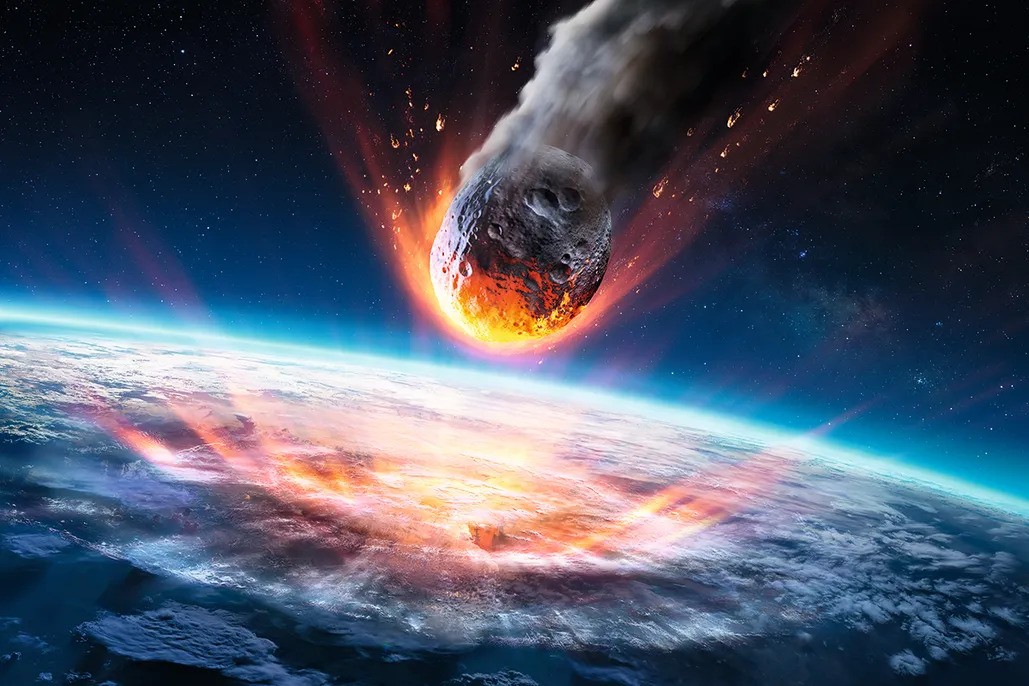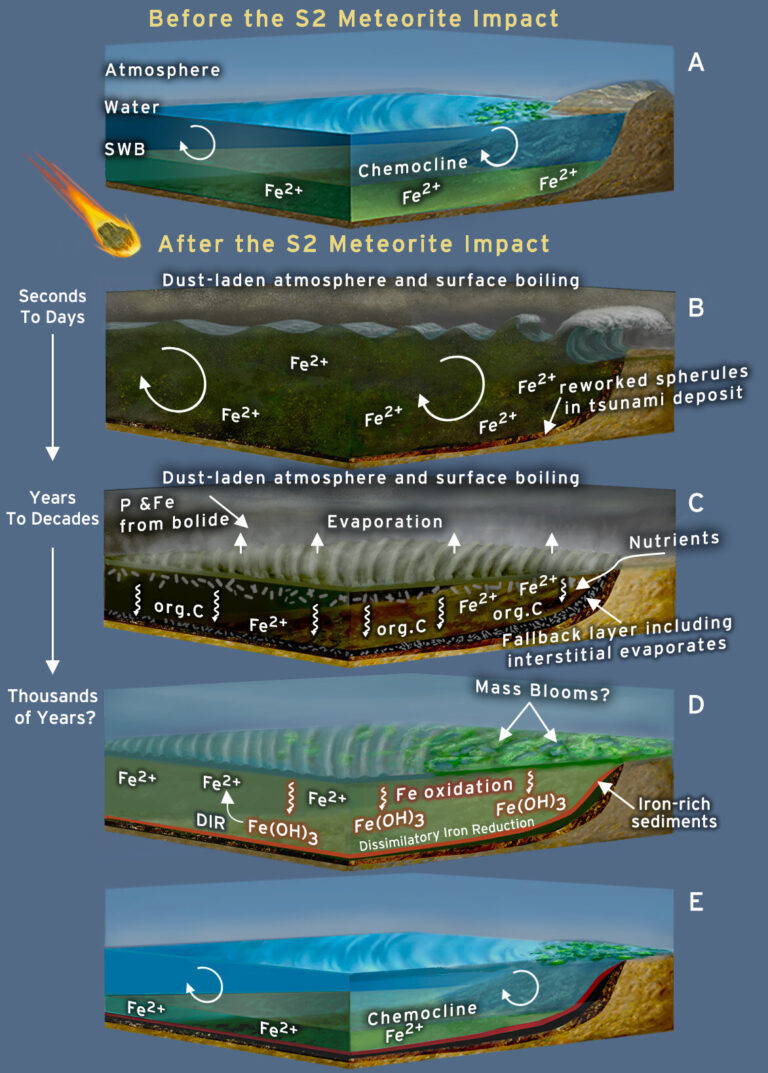About 3.26 billion years ago, a giant asteroid, about 200 times larger than the one that killed the dinosaurs, crashed into Earth. Despite all the catastrophic consequences, it turned out that the event was not as bad for primitive life.

Ancient impact on the Earth
Billions of years ago, long before something resembling life existed, meteorites often fell on the planet. One of these space rocks fell about 3.26 billion years ago, and even today it is revealing secrets about Earth’s past.
Nadja Drabon, a geologist of early Earth and assistant professor of Earth and planetary sciences, is frantically wondering about what our planet was like in ancient eras saturated with meteorite bombardment, when only single-celled bacteria and archaea reigned, and when things began to change. When did the first oceans appear? What about continents? Plate tectonics? How have all these strong influences affected the evolution of life?
A study published in the Proceedings of the National Academy of Sciences sheds light on some of these questions in relation to the meteor impact, unflatteringly named “S2”, which occurred more than 3 billion years ago, and whose geologic evidence is now being found in the Barberton Greenstone belt in South Africa.

Post-impact damage pattern
Through meticulous work in collecting and studying rock samples centimeters apart and analyzing the sedimentology, geochemistry and carbon isotope composition they leave behind, Drabon’s team paints the most convincing picture to date of what happened the day a meteorite the size of four Everest visited Earth.
The S2 meteorite, estimated to be 200 times larger than the one which killed the dinosaurs, caused a tsunami that stirred the ocean and washed debris off the land and into coastal areas. The heat from the impact caused the upper ocean to boil, while warming the atmosphere. A thick cloud of dust covered everything around, ceasing any photosynthetic activity.
Life development after an impact event
But bacteria are hardy, and after the impact, bacterial life quickly recovered, according to the team’s analysis. Along with this, populations of single-celled organisms that feed on phosphorus and iron have increased dramatically.
Iron was probably mixed from the deep ocean into shallow water by the above-mentioned tsunami, and phosphorus was brought to Earth by the meteorite itself, as well as by increased weathering and erosion on land.
Drabon’s analysis shows that iron-metabolizing bacteria should thrive immediately after impact. This shift toward iron-loving bacteria, though short-lived, is a key piece of the puzzle depicting early life on Earth. According to Drabon’s research, meteorite impacts, which have been known to kill everything in their path (including, 66 million years ago, dinosaurs), carried a silver lining for life.
“We think of impact events as being disastrous for life,” Drabon said. “But what this study is highlighting is that these impacts would have had benefits to life, especially early on … these impacts might have actually allowed life to flourish.”
Evidence of ancient cataclysms
These results come from the hard work of geologists like Drabon and her students, who hike mountain passes that contain sedimentary evidence of early sprays of rocks that deepened into the ground and were preserved in the Earth’s crust over time. Chemical signatures hidden in thin layers of rock help Drabon and her students piece together evidence of tsunamis and other cataclysmic events.
The Barberton Greenstone Belt in South Africa, where Drabon focuses much of her current work, contains evidence for at least eight impact events, including S2. She and her team plan to explore the area further to get an even deeper look at the Earth and its meteorite-related history.
Provided by phys.org


